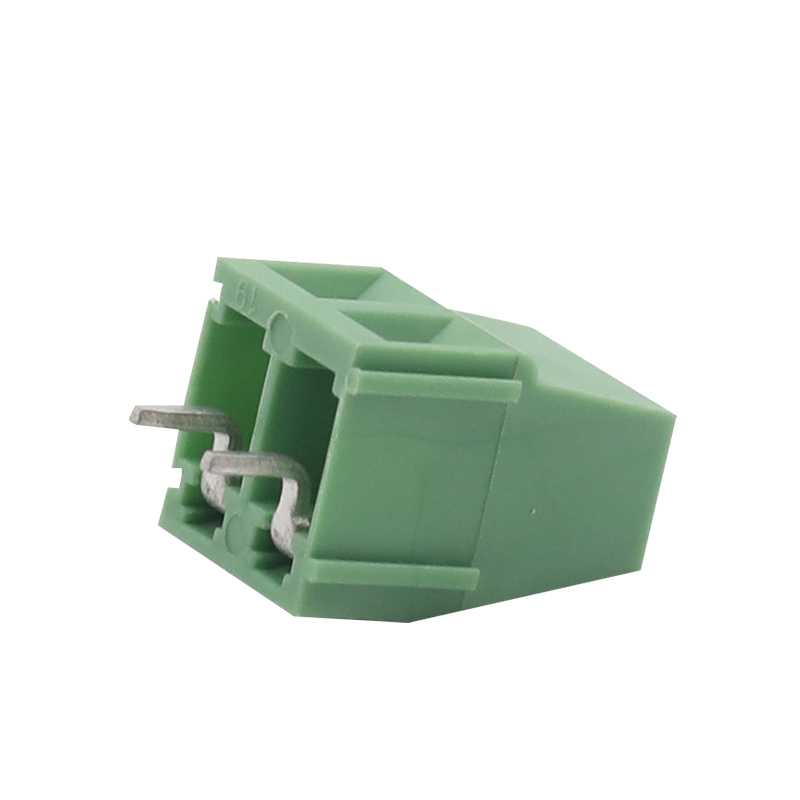Choosing Wisely: Factors to Consider When Selecting Control System PCB Terminal Blocks
2024-04-12
In the dynamic realm of industrial automation, where precision and reliability are paramount, selecting the right Control System PCB Terminal Blocks is crucial for ensuring seamless connectivity and signal transmission within control systems. With a myriad of options available in the market, engineers and designers must carefully evaluate various factors to choose terminal blocks that meet the specific requirements of their applications. Let's explore the key factors to consider when selecting Control System PCB Terminal Blocks for specific industrial applications, empowering stakeholders to make informed decisions and optimize system performance.
1. Application Requirements
Before selecting Control System PCB Terminal Blocks, it's essential to understand the specific requirements of the application, including:
- Voltage and current ratings
- Signal types (analog, digital, power)
- Environmental conditions (temperature, humidity, vibration)
- Space constraints and PCB layout considerations
- Regulatory compliance and industry standards (UL, IEC, RoHS)
2. Terminal Block Type and Configuration
Consider the type and configuration of terminal blocks that best suit the application:
- Wire-to-Board or Board-to-Board: Choose between terminal blocks designed for wire-to-board connections, board-to-board connections, or both, depending on the system architecture.
- Number of Poles: Determine the number of poles or positions required to accommodate the desired number of connections.
- Pitch and Spacing: Select the pitch and spacing of terminal blocks to match the PCB layout and ensure compatibility with other components.
3. Mounting Method
Evaluate the mounting method that aligns with the application requirements and PCB design:
- Surface-Mounted (SMD): Ideal for space-constrained applications, SMD terminal blocks are directly soldered onto the surface of the PCB, providing a low-profile solution.
- Through-Hole Mounted: Through-hole mounted terminal blocks are inserted through holes in the PCB and soldered on the opposite side, offering mechanical stability and reliability.
4. Termination Options
Consider the termination options available for connecting wires or cables to the terminal blocks:
- Screw Clamp: Screw clamp terminal blocks feature a clamping mechanism that securely holds wires in place using screws, providing a reliable and vibration-resistant connection.
- Spring Clamp: Spring clamp terminal blocks utilize spring-loaded clamps to quickly and securely terminate wires without the need for tools, offering ease of installation and maintenance.
5. Special Features and Accessories
Explore additional features and accessories that enhance the functionality and performance of terminal blocks:
- Modularity: Modular terminal blocks allow for easy expansion and reconfiguration of connections, enabling scalability and flexibility in system design.
- Coding Options: Coding features such as keying or color-coding help prevent mismating and ensure proper connection alignment.
- Marking and Labeling: Terminal blocks with labeling options facilitate identification of connection points, simplifying wiring and troubleshooting tasks.
6. Quality and Reliability
Prioritize terminal blocks from reputable manufacturers known for their quality and reliability:
- Certifications: Look for terminal blocks that comply with industry standards and regulations, such as UL, IEC, and RoHS, ensuring safety and performance.
- Durability: Choose terminal blocks constructed from high-quality materials and subjected to rigorous testing for durability and longevity in harsh industrial environments.
Conclusion
In conclusion, selecting the right Control System PCB Terminal Blocks is essential for optimizing system performance, reliability, and safety in industrial automation applications. By considering factors such as application requirements, terminal block type and configuration, mounting method, termination options, special features, and quality and reliability, engineers and designers can make informed decisions that meet the specific needs of their applications. With careful evaluation and thoughtful selection, Control System PCB Terminal Blocks can empower industrial stakeholders to build robust, scalable, and future-ready control systems that drive innovation and productivity in the ever-evolving landscape of industrial automation.



